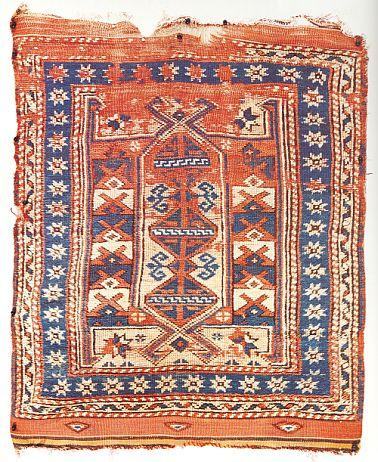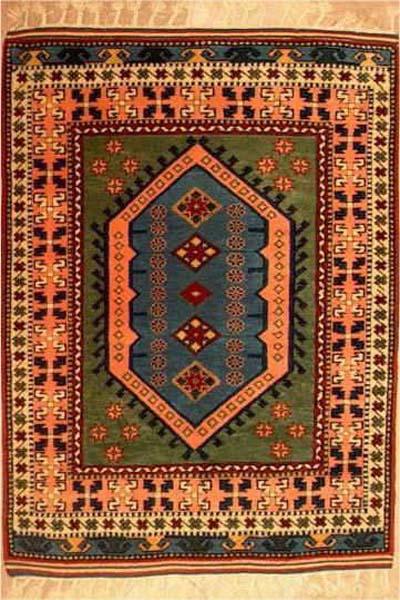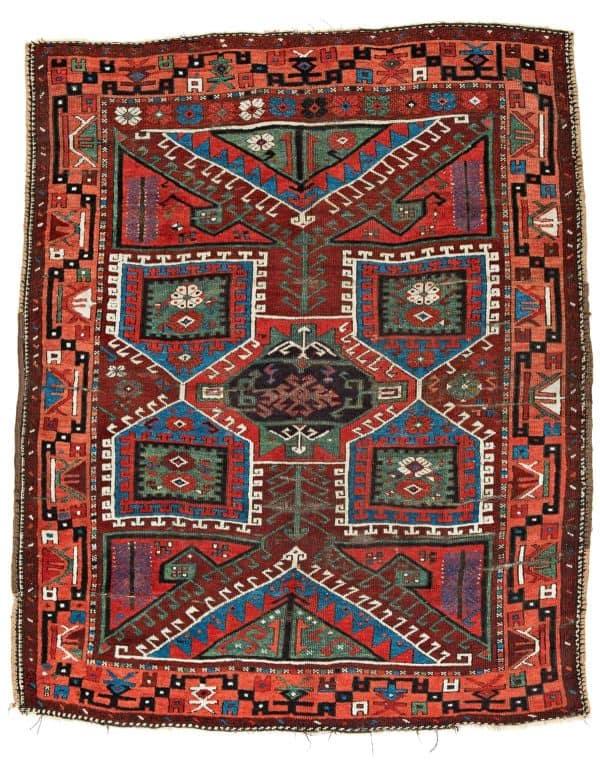Canakkale Rugs
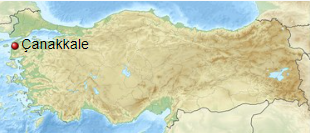
Canakkale (Cannakkale, Çanakkale) is a city and seaport in Turkey, in Canakkale Province, on the southern coast of the Dardanelles at their narrowest point. It is the seat of the province with the same name.
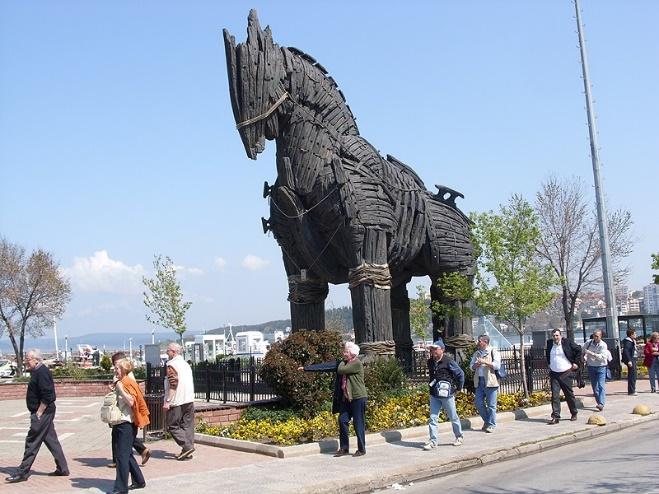
Here is where Helen escaped and Achilles died: Troy. Muslim Turks named the city and the region after a fortress nearby built under the command of Mehmed II Fatih. Sited on a bay at the narrowest point of the strait the fortress provided an excellent position for controlling traffic through the Dardanelles.
“Canak” is Turkish for bowl, which may explain the name of the town (the place where pottery is made). A famous Ottoman style in ceramics named Canakkale.
Rug weaving in Canakkale has been a continuous tradition for at least 5 centuries. Antique rugs of the area have a special weave with which lead to unique features in sight and touch.
Technical aspects and the structure of Canakkale Rugs
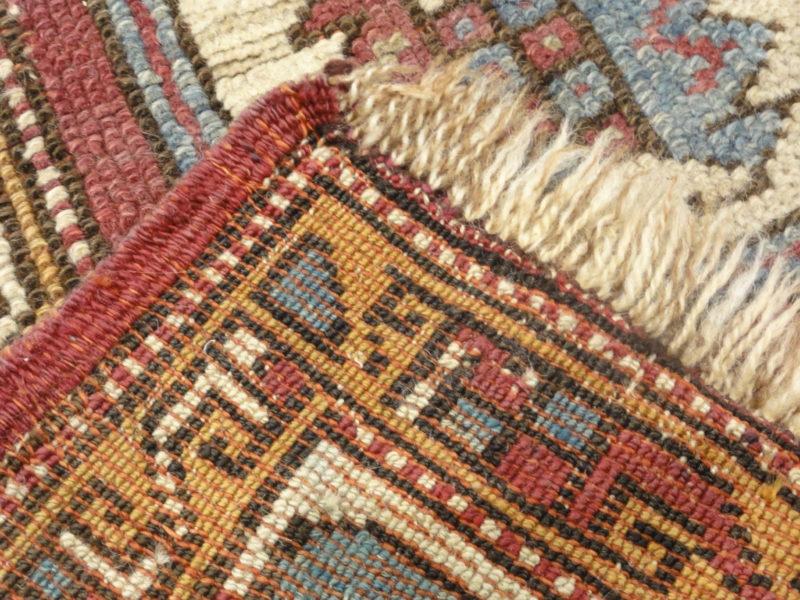
Antique Canakkale rugs are coarsely woven on a wool foundation with symmetric (Turkish) knots. Knot densities are about 40 to 80 knots per square inch.
Wefts are red. These pieces have so many wefts between each row of knots and their piles are loose as the result. This is a rare feature for an Anatolian rug.

Antique Canakkale piled rugs have kilim endings. Rug sizes are common, including area rugs. Lots of pieces follow 2X1.5 m. format, but not exactly. Some may tend to square.
Dyeing and painting of Canakkale Rugs
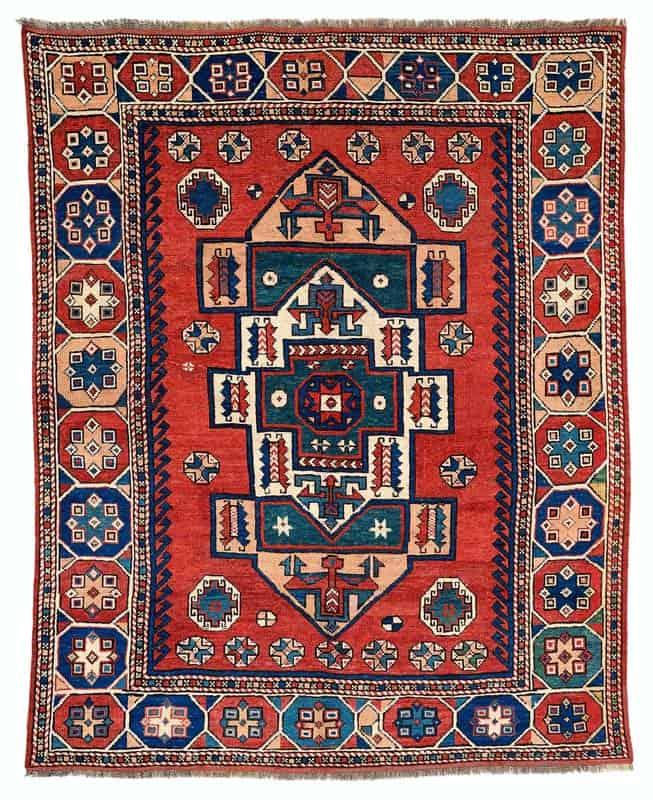
Red and dark blue and ivory are dominant on Canakkale palette. Some pieces have been painted with just these 3 shades.
Secondary palette may include light blues, light and sea green lemon, mustard and orange. Wefts and kilim-endings (plain weave at both rug’s ends) are red.
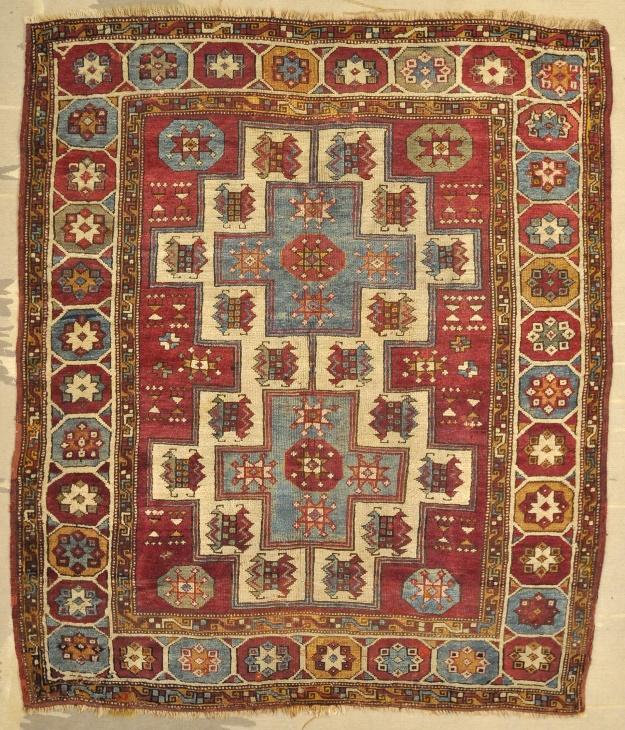
Rugs woven in Can (a town in the province) have usually a rust red field and green spandrels.
Designs and patterns of the Canakkale Rugs
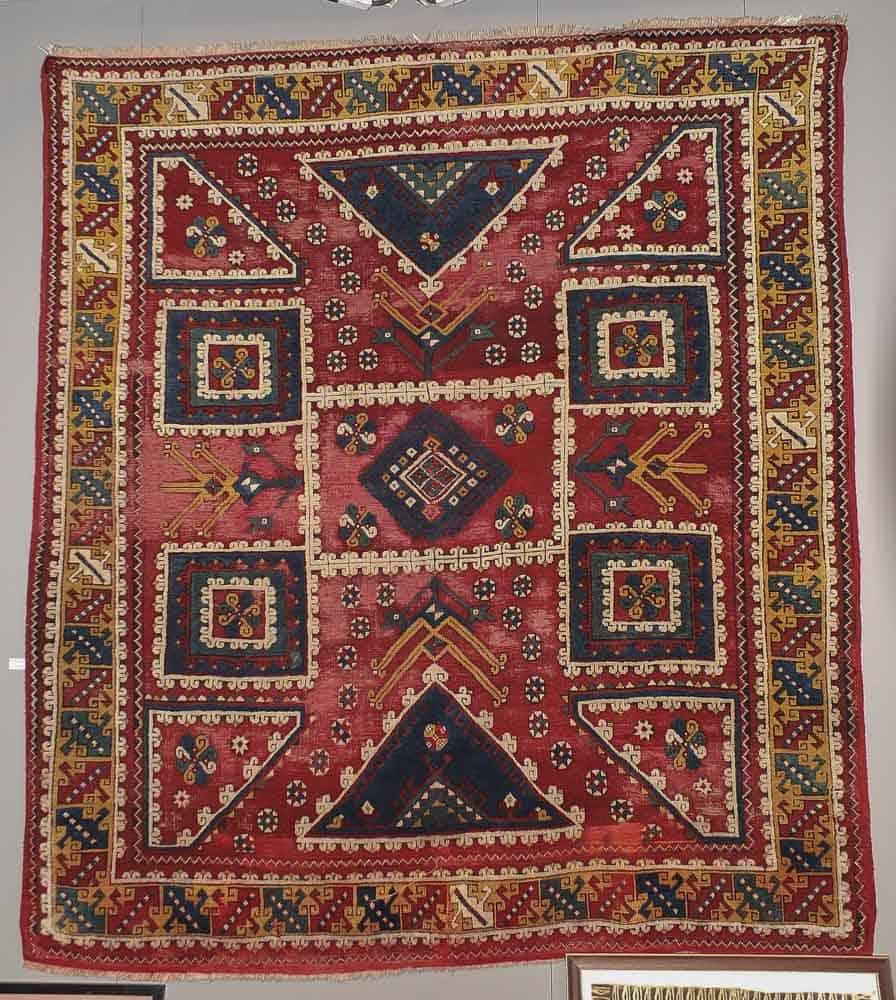
A typical Canakkale design has an arrangement of either square or cross-shaped medallions in groups of two, four or five. Canakkale fields are usually framed with stout chain of borders shaped with rows of hexagons inside which an eight lobed star shines.
Such stars, usually within hexagons, are also used as filling patterns in the fields. This sort of design is derived ultimately from the early Turkmen rugs of Anatolia which have roots in the central Asia.
Antique western Anatolian rugs of indefinite source may be termed “Bergama.” Lots of such Bergama rugs are believed to be woven in Canakkale.
